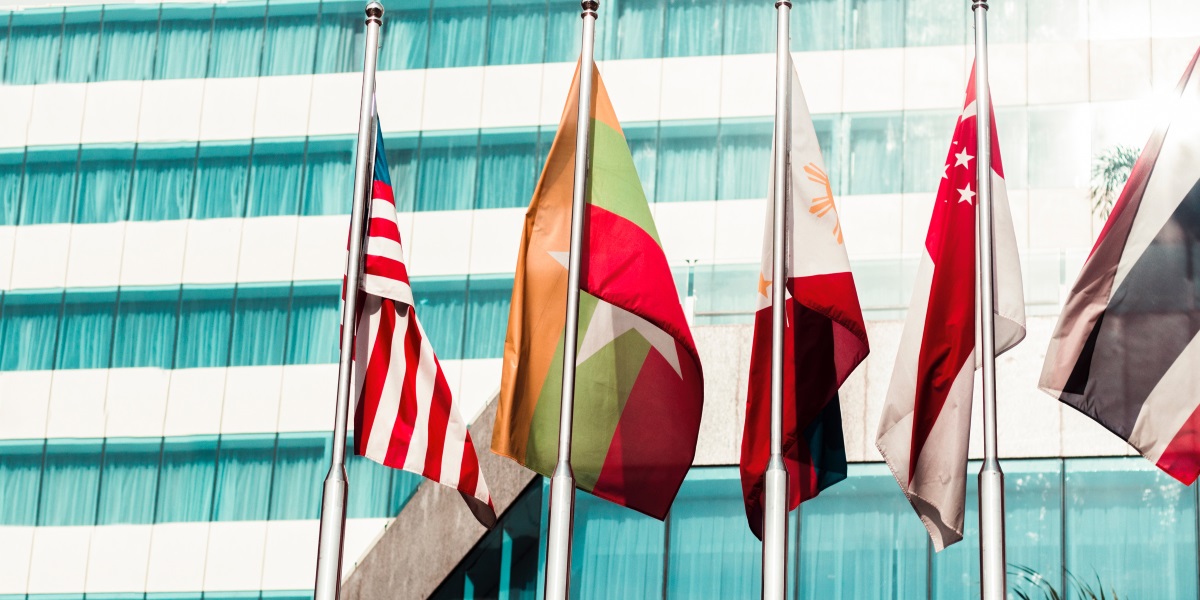IP Defense on the International Stage
Intellectual property needs to be defended both on the homefront and abroad. Inventors and those representing them are tasked with ensuring that an IP is safe from infringement, while also avoiding infringing upon another IP. Even for IPs intended for regional use only, being on top of international IP requirements is important. However, in the complex IP environment, this can be a challenge.
Protection from Litigation
One might assume that a business operating within a specific region is safe from businesses outside that region. However, this is not always the case. With the growth of the Internet, we have found ourselves living in an increasingly globalized world. This can be great for a business, giving them access to new markets, but it also puts them in the crosshairs of potential IP competitors.
Due to regional IP treaties and wide-scale patent registries, a company that seems far away might have a claim on a trademark. This means a business has to be careful with how it portrays itself, it may find its new branding rejected by the patent office. It also means that, without care and consideration, businesses could open themselves to accusations of trademark infringement.
This can be avoided through diligence and in-depth research. The best law firms are there to help protect clients from situations like this. These law firms know how to research and determine if there is a threat of infringement not just within the smaller local region, but also on a larger international scale. Some will even go above and beyond, working with law firms in different countries to ensure that trademarks are safe.
Maintaining Your File
When filing abroad, remember that different regions have their own patent and trademark offices. This means that each office must be approached separately. It will have its own required forms, along with due dates that will be different than other regions. Another challenge is that some offices will not inform you when documents are due. Whoever is maintaining the file will be responsible for ensuring everything is kept up to date.
Additionally, it is important to be aware of the different rules in each region. For example, it is often assumed that renewals simply occur on a 10-year basis, however, this is not true in all cases. In the US, an initial filing only lasts for 5 years. Other regions may have a longer period but could have strict requirements of proof in cases of conflict during the initial years.
If the ball is dropped, and the renewal isn’t filed on time, then the registration for that IP may be lost! Most regions will provide a grace period of 6 months before the trademark is lost completely, but refiling during this period will cost more. This is why it is so important that you work with a partner that you can trust and rely on.




